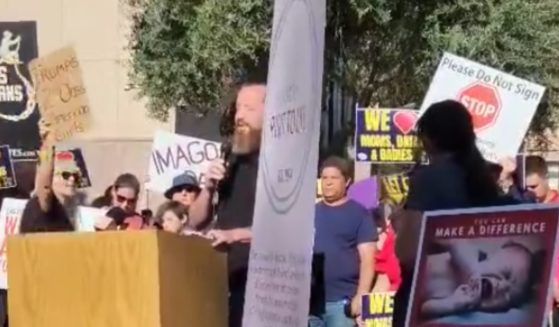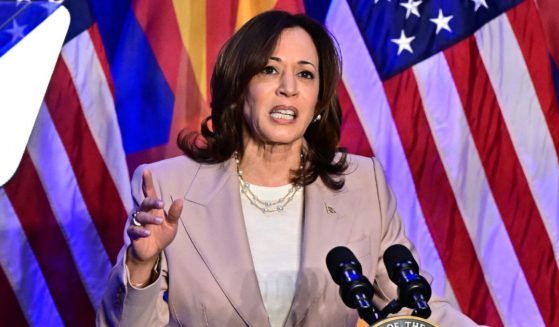Treasury limits state and local tax cap workarounds
The Treasury Department issued final rules Tuesday that would clamp down on taxpayers trying to circumvent a new cap on state and local tax deductions.
The Tax Cut and Jobs Act, promoted by the Trump administration and passed in late 2017, limits the amount of state and local taxes that can be deducted on an individual’s federal taxes to $10,000 a year. The tax law’s rules on SALT deductions, as they are known, caused a lot of upset in high-tax states, such as New York, New Jersey and California, where residents had previously benefited from being able to deduct much more.
It also became a highly politicized issue as many of high-tax states tend to vote for Democrats.
Some states tried to find workarounds. This included states allowing taxpayers to donate to charity funds and, in exchange, receive tax credits against their state or local taxes. Taxpayers could then deduct their donations as charitable contributions on federal taxes, lessening their broader tax burden.
But under the new regulations, taxpayers would only be able to deduct charitable contributions greater than the amount of the tax credit they received. For example, if a taxpayer donates $1,000 to a state program and receives a 70% credit, they could only claim $300 — not the $700 they may have been aiming for.
There are some exceptions for dollar-for-dollar state tax deductions and for tax credits in which a taxpayer gets a credit worth less than 15% of their donation.
The Treasury Department said in a statement that the regulation is “based on a longstanding principle of tax law” that if a taxpayer receives a valuable benefit in return for a donation, they can only deduct the net value of the donation.
The final regulations take effect Aug. 11 but apply to contributions made after Aug. 27, 2018.
The regulations are “neither new nor surprising in clarity and direction” said Mark Steber, chief tax officer at Jackson Hewitt Tax Services.
He said the Treasury Department has been very clear from the get-go that any “creative interpretations or constructs intended to bypass the limitation” would be met with a negative response and potentially harsh consequences. While there have been many creative and alternative ideas for bypassing the limitation, Steber said they “all have been denounced by the most optimistic of tax experts.”
All the same, the announcement was not warmly received by some of the affected states.
New York Gov. Andrew Cuomo said that the by finalizing the rule, the federal government is “continuing its politically motivated assault on New York” and that the cap uses New Yorkers “as ATMs.” Cuomo argued the rules do not have any basis in law and that the state will pursue all options, including litigation, to fight the issue.
The Western Journal has not reviewed this Associated Press story prior to publication. Therefore, it may contain editorial bias or may in some other way not meet our normal editorial standards. It is provided to our readers as a service from The Western Journal.
Truth and Accuracy
We are committed to truth and accuracy in all of our journalism. Read our editorial standards.












